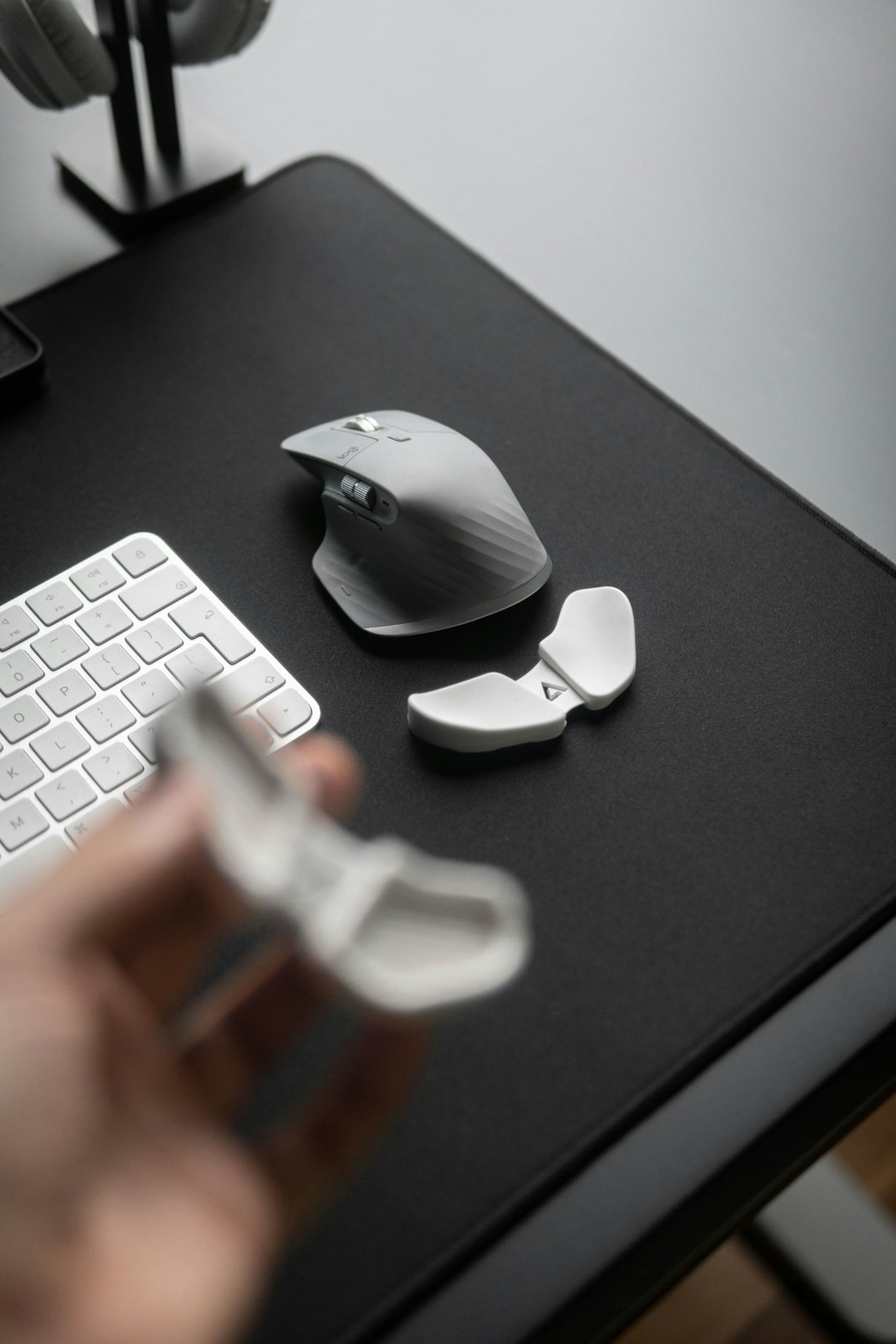You’re deep into a spreadsheet, analyzing data or tracking expenses, when suddenly—frustration strikes. Excel stops scrolling. Whether your arrow keys aren’t moving the screen, the mouse wheel is unresponsive, or the scroll bars are frozen, it’s as if Excel has decided to call it a day. Don’t worry, though. You’re not alone, and this problem has multiple quick fixes. This guide provides detailed, effective solutions to get your spreadsheets moving again, so you can get back to work without tossing your keyboard out the window.
Common Causes of Excel Stopping Mid-Scroll
Before diving into solutions, it’s helpful to understand what might be causing the issue. Excel scrolling problems can arise from:
- Freeze Panes locking the view
- Scroll Lock being enabled on the keyboard
- Zoom level or view mode limitations
- Faulty mouse settings or corrupted drivers
- Worksheet protection that restricts movement
- Excel or system glitches needing a restart
Now, let’s move on to the fixes—each is straightforward and takes just a moment to try.
1. Check for Freeze Panes
One of the most common reasons Excel appears “frozen” when scrolling is the Freeze Panes feature. This tool is helpful when you want to lock the top row or left column in place—but it can cause confusion if left on unintentionally.
Fix:
- Go to the View tab.
- Click Freeze Panes in the Window group.
- Select Unfreeze Panes from the dropdown menu.
After unfreezing, try scrolling again. You should now be able to move freely across your worksheet.
2. Disable Scroll Lock
Excel’s navigation heavily relies on your keyboard status. If your keyboard’s Scroll Lock key is enabled, the arrow keys may no longer navigate through cells but will scroll the entire worksheet—if at all.
How to check and disable Scroll Lock:
- Look at your keyboard for a light marked “Scroll Lock.” If it’s on, that’s the problem.
- If your keyboard has a Scroll Lock key, press it once to disable.
- On-screen keyboards can also help:
- In Windows, press Windows Key + Ctrl + O to launch the On-Screen Keyboard.
- Click the ScrLk key to turn off Scroll Lock.
After disabling Scroll Lock, try using your arrow keys again to see if scrolling resumes.
3. Test Mouse or Touchpad Functionality
Scrolling with your mouse or touchpad isn’t working? It might be due to hardware settings or outdated drivers. You can test your input device on another app like a web browser or Word.
If the issue exists across different programs, try this:
- Update your mouse or touchpad drivers via Device Manager.
- Switch USB ports if using a wired mouse.
- Try a different mouse to see if the issue persists.

Also, check your system’s mouse settings:
- Go to Control Panel > Mouse.
- Adjust scroll wheel settings to ensure it’s set to scroll multiple lines at a time.
4. Examine Excel’s View Options
Excel has multiple view modes: Normal, Page Layout, and Page Break Preview. Sometimes, certain views can affect how Excel handles scrolling.
Switch to Normal view to regain full scroll functionality:
- Click the View tab.
- Select Normal in the Workbook Views group.
You can also adjust zoom settings—some users find that zoom percentages of 10% or 400% may restrict scrolling.
5. Resize or Unhide Rows and Columns
If Excel seems to stop scrolling beyond a certain point, it could be because rows or columns are hidden or have a height/width of 0. This can create the illusion that you’ve hit a wall in the spreadsheet.
To resolve this:
- Select all cells by clicking the top-left corner box or pressing Ctrl + A.
- Right-click any row/column heading and choose Unhide.
- Check row heights/column widths to ensure they’re not set to zero.
6. Disable Add-ins
Sometimes, third-party add-ins can interfere with Excel’s normal behavior, including scrolling. Disabling them could help identify if one is causing the issue.
Steps to disable add-ins:
- Click File > Options.
- Go to the Add-ins section.
- In the “Manage” dropdown at the bottom, select COM Add-ins and click Go.
- Uncheck all add-ins and click OK.
Restart Excel and test scrolling. If it works, re-enable them one by one to find the culprit.
7. Try a Repair or Reinstallation
If none of the above methods help, your Excel installation might be corrupted. A quick repair might resolve deeper issues with functionality.
To repair Microsoft Office:
- Go to Control Panel > Programs and Features.
- Locate Microsoft Office and click Change.
- Select Quick Repair, or if that fails, try Online Repair.
Keep in mind that an online repair may take some time and will require an internet connection.
8. Clear Excel Cache or Temp Files
Like many applications, Excel can accumulate cache or temporary files that sometimes result in erratic behaviors—including loss of scrolling.
To clear the Excel cache:
- Close Excel completely.
- Navigate to
%appdata%\Microsoft\Excelin File Explorer. - Delete or rename the XLSTART or temp folders found there.

This won’t affect your saved spreadsheets, but it can clear out odd session remnants that might be causing trouble.
Bonus Tip: Use Excel Online as a Test
If scrolling works fine in Excel Online (accessible through Office.com), it’s a good clue that the issue is specific to your desktop installation. In that case, moving temporarily to the online version can serve as a workaround until you resolve the issue locally.
Final Thoughts
When Excel stops scrolling, it can feel like your productivity comes to a screeching halt. But now you’re equipped with a solid toolkit to diagnose and fix the problem—whether it’s a simple case of Scroll Lock or something more technical like a driver issue.
If all else fails, don’t underestimate the power of a full system restart or a clean install of Excel. And remember: it’s usually something simple.
Now go ahead—get scrolling and start crunching those numbers again!




